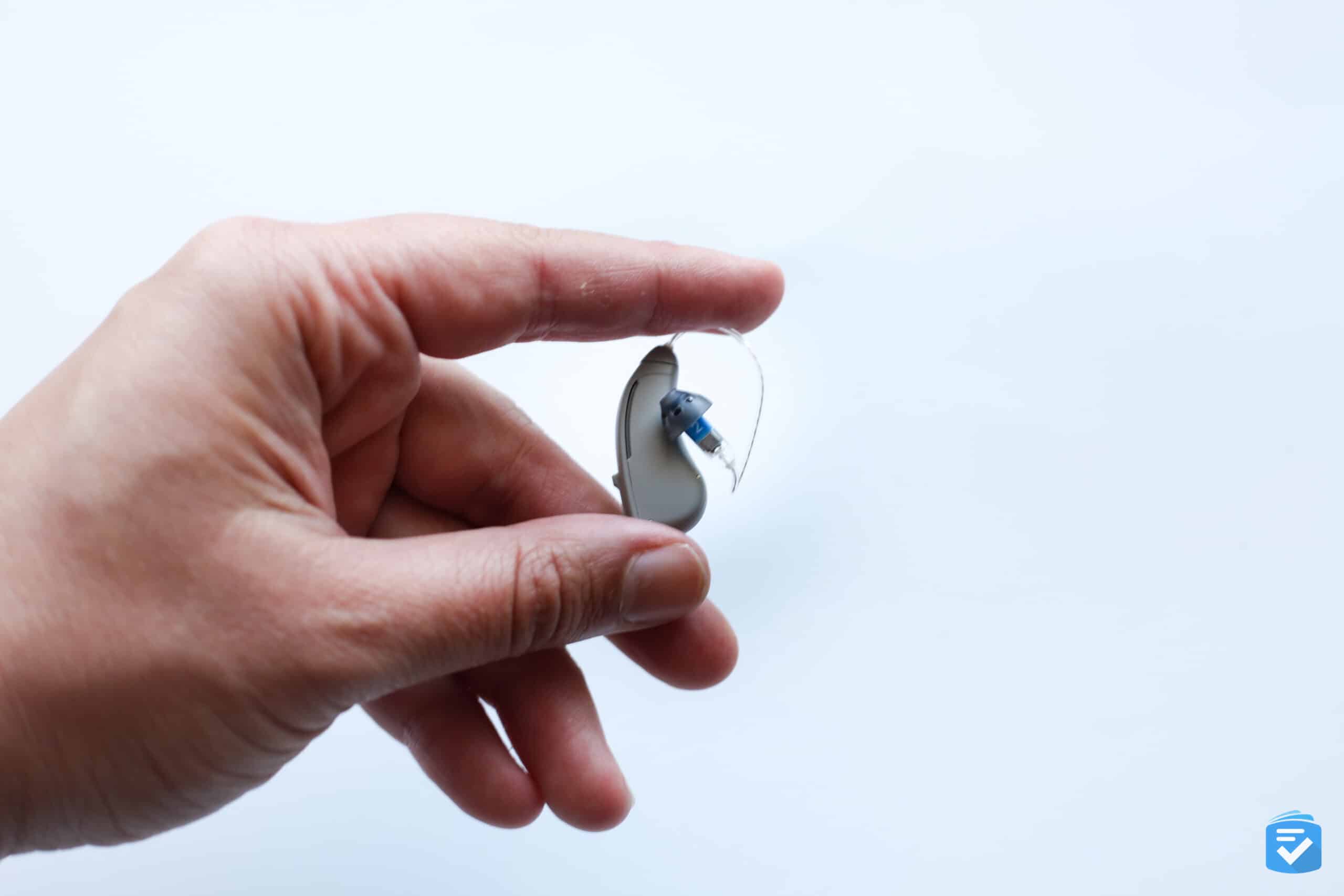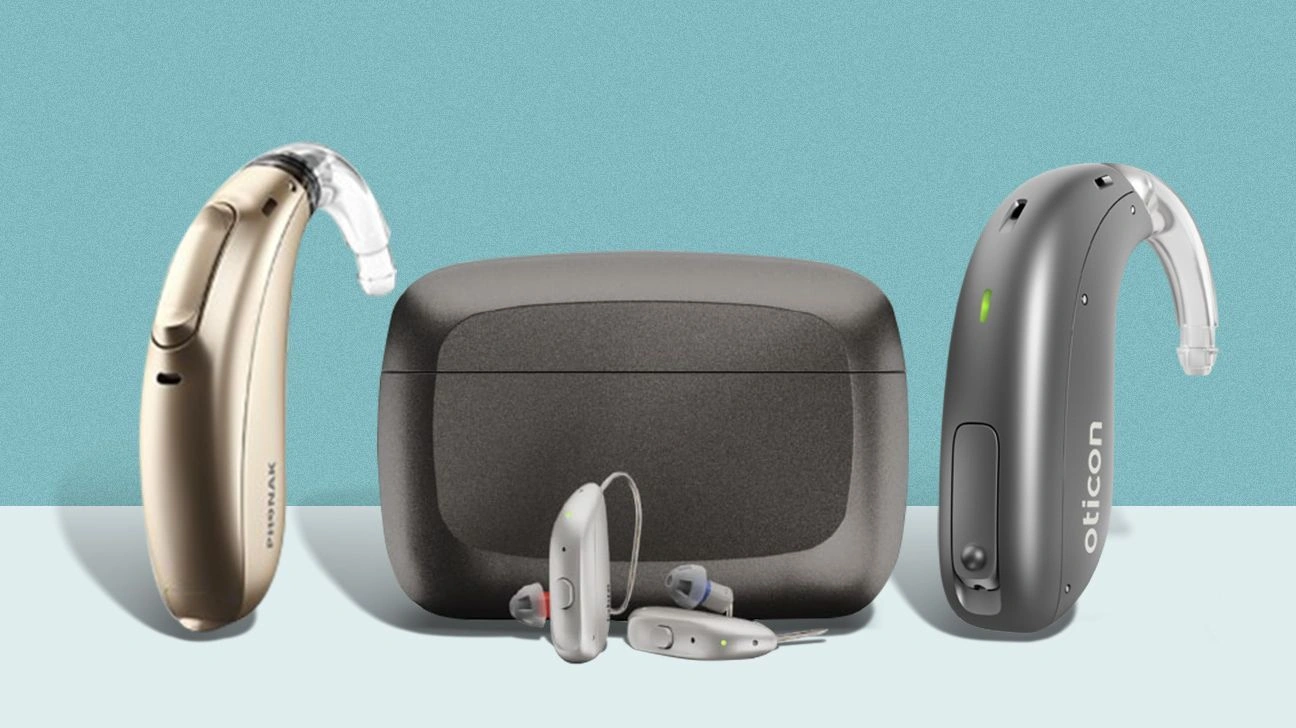
Too Many Choices… Or Too Many Traps?
Picture this: You’ve finally decided, “Alright, it’s time.” Maybe you’ve missed one too many jokes or cranked the TV so loud that the neighbor’s dog howls along. You want to hear better. Simple, right? Except you take one step into the hearing aid world and—bam! Brands everywhere. Deals, sales, promises. It’s dizzying. Behind those shiny ads, though, hide a handful of hearing aid brands to avoid—the kind that can turn hope into regret overnight.
No one warns you at first. The sales pitch is all smiles. But what if you had the inside scoop before you dropped thousands of dollars on something you’re literally counting on for daily life? That’s what this is. Let’s do it—over coffee, if you want. (Or tea. Or lemon water with a squeeze from those YouTube wellness folks.)
Locked Aids, Locked Options
So what actually makes a hearing aid brand one to avoid? Here’s where it gets a little unfair… it’s called “locked.” As in, you buy it, but only their store can adjust it, fix it, basically do anything useful. Sounds a bit like buying a car that only runs on one kind of gas from a station six hours away, right?
What Is a “Locked” Hearing Aid Anyway?
I had no idea myself until a friend—let’s call him Dave—moved from Wisconsin to Florida. His hearing aids worked great… until he needed a tweak. Turns out, his “locked” aids from a warehouse club (yep, Kirkland Signature at Costco) and Miracle-Ear couldn’t be serviced anywhere else. Dave hunted for weeks. No dice. He joked, “Guess my new hobby is lip reading.” Not ideal for catching up with the grandkids, if you ask me.
Why Do Brands Lock You In?
It’s mostly about keeping you coming back (and, let’s be honest, handing over your wallet) to their own shop. Repairs, adjustments—even basic stuff—has to happen there and nowhere else. If you move, travel, or they shut down? Get ready for frustration… or worse, shelling out money for a whole new set of hearing aids. According to research on manufacturer and brand relationships, locked aids are a big reason users wind up unhappy.
How Can You Spot a Locked Brand?
Look for big-box store exclusives. If the person selling you the hearing aid says “only we can adjust these,” or if you’re being gently (or not so gently) nudged toward a membership deal, pause. Ask direct questions: “Are these locked? If I move, can anyone else service them?” Some salespeople dance around the topic. Be stubborn. Your ears, your rules.
Real-Life Example: The Out-of-Town Move
I can’t count the number of people who tell me the same story: they buy locked hearing aids, life changes, and suddenly they’re stuck. I know one woman who splurged on Beltone, then watched her local branch go out of business. No adjustments, no service, and she was too embarrassed to tell her family she needed a new set—less than two years in.
Popular Brands You Might Want to Avoid
Okay, time for the part everyone wants: which hearing aid brands to avoid, and why? (If you want the full list—prescription and over-the-counter—Consumer Reports has rated 20 brands over recent years by thousands of users. It’s worth a peek.) But if you want the highlights, straight-talk style, here they are. If you’re thinking “which brand of hearing aid is best?”—well, let’s start with which aren’t.
Kirkland Signature (Costco)
This one stings because, at first glance, it’s a bargain. Warehouse club deals! But Kirkland aids are almost always locked, and you’ll be tied to Costco for every adjustment, repair, and upgrade. Sounds harmless until you switch cities, right? I’ve had folks say, “Well, I buy my paper towels at Costco, too. Why not?” Except if your paper towels unravel, you just buy more. With hearing aids, you risk months of frustration and extra cost.
Beltone and Miracle-Ear
Big names, big ads, and… big letdowns. These franchise brands get a lot of attention, but according to Consumer Reports’ regular satisfaction surveys, they rank lower for things like comfort, reliability, and value than you’d guess. Plus, they lock their tech, so once you’re in, you’re in for life (or until your credit card cries uncle).
Sam’s Club & Walmart (Lucid, Others)
We all love a good deal, but sometimes the cheapest option bites back. Big retailers have jumped into the hearing aid game—often pushing “exclusive” brands you won’t find anywhere else. Guess what? Many of these are locked. You’re also risking less personalized care; ever tried getting tech help at a warehouse store? Cue the world’s tiniest violin…
Let’s Break Down the Locked vs. Open Aid Thing
| Feature | Locked Aids (e.g., Kirkland, Beltone) | Open Aids (independent, most top brands) |
|---|---|---|
| Who can adjust? | Only the original provider/store | Any qualified audiologist |
| What if you move? | You’re stuck or forced to buy new ones | Take them anywhere, get help fast |
| Repair trouble? | Often long waits, higher costs | More choices, often quicker/cheaper |
| User freedom | Very limited | You’re in charge! |
Other Red Flags: Junk Internet Brands
Now… not all sketchy hearing aids come from big box shops. Some are even more, well, “wild west.” Ever seen those ads online with huge discounts (“BUY ONE GET ONE FREE!”), or brands you’ve never heard of that only sell on Amazon or Alibaba? Yeah, those. Many are low quality, lack return policies, or come with fine-print traps that make it almost impossible to send them back.
If you’re tempted—well, who isn’t, sometimes? Just look for basic signs: is there a real company website? At least a 45-day return policy? If the only instructions come in bad Google Translate English… maybe steer clear. (And trust me, you don’t want to be troubleshooting your left ear in Mandarin at 2AM.) If you’re ever in doubt, check out real-world opinions at Hearing aid reviews AARP—they don’t pull punches.
What the Surveys Say
Let’s get real: No brand is perfect. But you deserve the best fit, function, and… well… the power to change your mind without paying twice.
Over 13,000 Consumer Reports members—and even more in online hearing aid communities—rate popular brands every year. The winners? Usually the ones where you’re in control. The losers? (Sorry, brands.) Audibel, Beltone, Kirkland, and certain big-box “exclusives” often crop up as the loudest complaints. If you look at the numbers—satisfaction, comfort, reliability—they often lag behind more trusted names like Phonak, Resound, or Oticon, which you can learn more about at which brand of hearing aid is best?.
Story Time: The Membership Club Mistake
One forum user joked that buying hearing aids at Sam’s Club was “like asking the deli counter to do your taxes.” They got a great deal… until their aids needed tweaking. Guess who couldn’t help? Their regular audiologist. Guess who offered to “start over” for basically the price of a family cruise? The Sam’s Club tech. Oof.
How to Avoid Pitfalls (and Save Your Sanity)
So—what next? How can regular folks (like you, me, my Aunt Julie) avoid these traps? Here are my go-to moves.
Ask, Ask, Ask
“Are these hearing aids locked?” “Who can adjust them?” “What if I move out of state?” Don’t be shy. If the staff seems wiggly or vague… trust your gut. Move along.
Getting a second opinion (for free or low cost) is smart, too. Why settle for less? You’re not picking socks here. If you’d like more ammo before you negotiate, read a few posts at which brand of hearing aid is best?—they cover most models and all the weird fine print.
Insist on Flexibility
Go for brands and providers that welcome adjustments anywhere, not just in their shops. Want to try an aid out? Ask. Not sure about the brand? Look for trial periods, and, again—seriously—read the return policy. Life is unpredictable. Your hearing care should keep up.
Rumor has it that even some audiologists get frustrated when clients walk in with locked aids and they’re simply not allowed (by contract) to help. It’s as awkward for them as it is for you… honest.
Look at Recent Reviews, Not Just Ads
Advertising is usually… well… let’s just call it optimistic. Instead, see what longtime users and experts think. The more specific the reviews, the more you’ll learn what works. Again, everyday folks at Hearing aid reviews AARP call out locked aids when they see them, so you’re not flying blind.
Try to find those “messy” reviews—the ones that mention little annoyances, lost warranties, or local service headaches. They’re gold. Would you buy a treadmill if a friend said, “It runs, but only if you visit my house”? Same deal.
So… Which Brand of Hearing Aid Is Best?
Is there a “perfect” brand for everyone? Nope. Just like shoes, bikes, or even salad dressings (don’t fight me on blue cheese), hearing aids are a personal fit. But the top-rated names—Phonak, Resound, Oticon, Widex, and sometimes newer telehealth models—tend to give people more freedom and fewer headaches. You’ll find them discussed on which brand of hearing aid is best? and by real-life testers everywhere.
Not sure if you want a prescription model? Over-the-counter (OTC) aids are worth looking at, too, but do your homework—some bargain-basement internet brands are little more than cheap amplifiers. And they break. A lot.
Some Final Words from a Friend
Alright, you made it. That’s half the battle right there. If you take nothing else away, remember this: hearing aid brands to avoid aren’t just about money or brand names. It’s about freedom, flexibility, and not painting yourself into a corner when life changes—as it always does.
Take your time. Ask questions, read real stories, and never feel pressured by sales tactics or “today only” specials. This is your hearing. Your world opens up with the right fit—don’t let anyone close it down.
If you have a story or favorite (or… least favorite) brand, drop it in the comments. Or just share with someone who’s on the fence. Together, we can dodge the traps and help each other listen better, laugh more, and never miss another punchline. You’ve got this. Let’s make sure your hearing aids work for you—not the other way around.


















Leave a Reply
You must be logged in to post a comment.